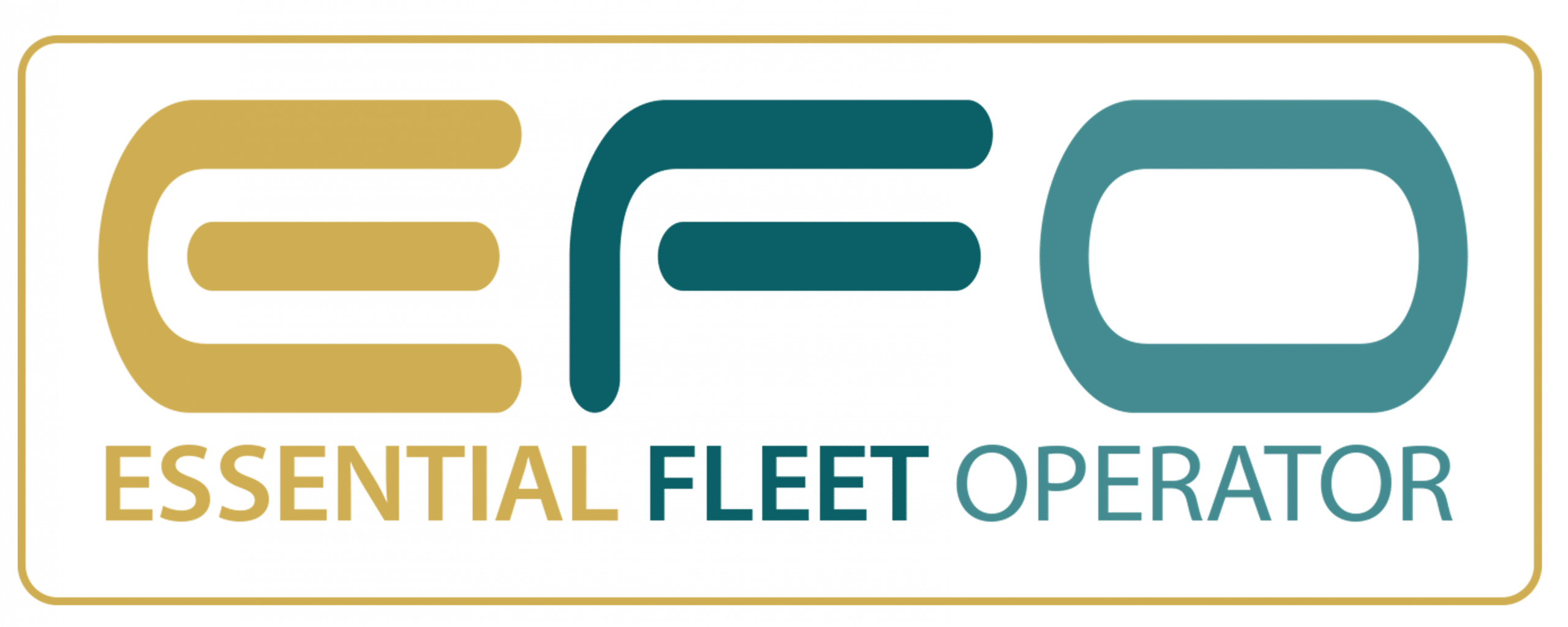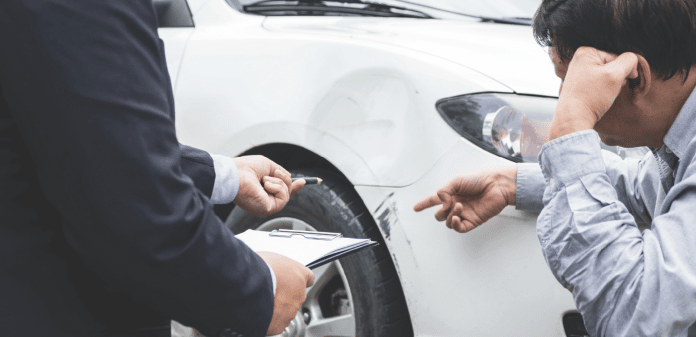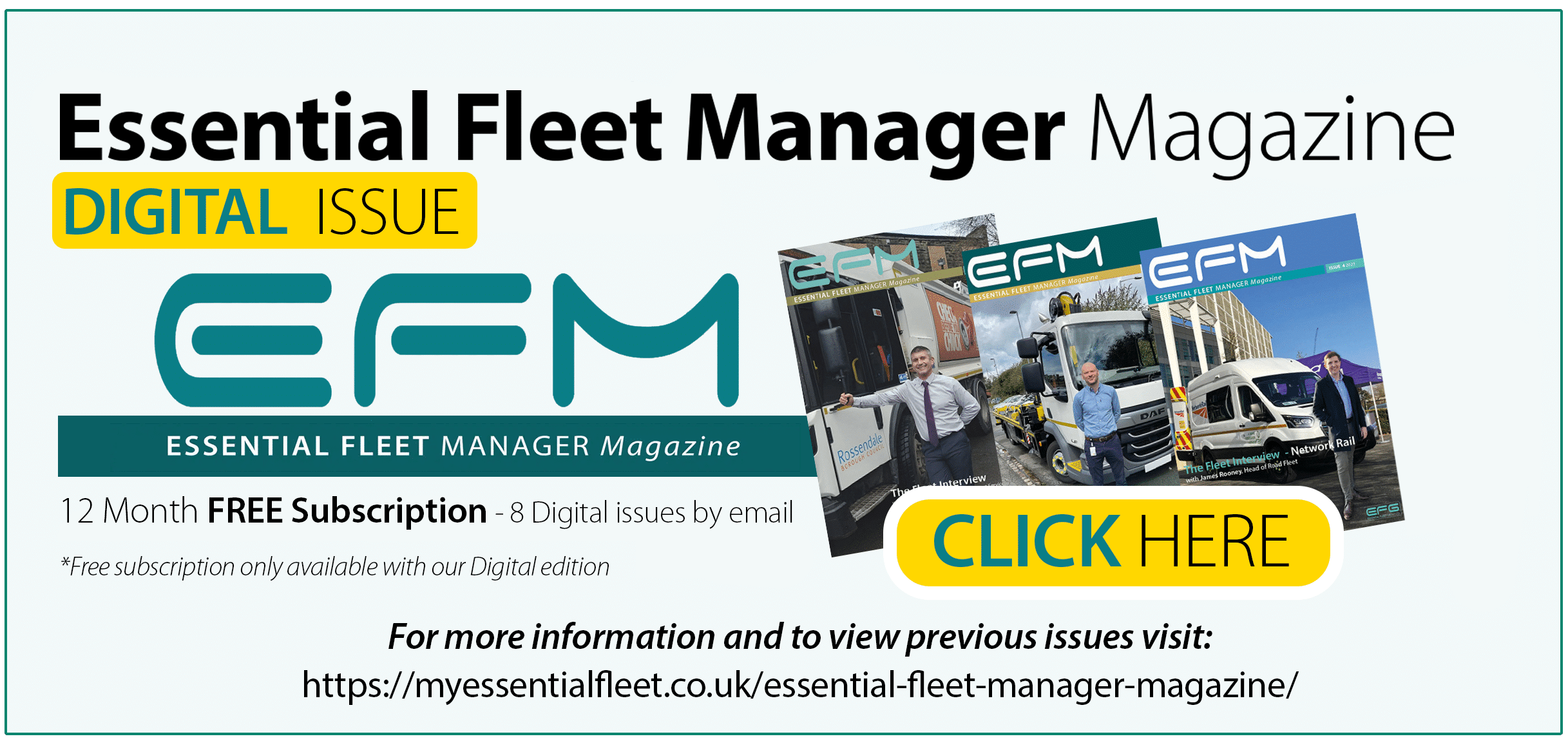If you drive a lease vehicle as part of your employment, or through private arrangement you may well be subject to end-of lease charges. Keeping these charges to a minimum therefore makes financial sense, for you and the orgainsation you work for.
Most leasing companies follow the BVRLA’s guide to fear wear and tear. All vehicles will have the odd scratch here and there on return but it is important is to note what is considered fair wear and tear and what isn’t.
Defining Fair Wear and Tear
Fair wear and tear occurs when normal usage causes deterioration to a vehicle. It is not to be confused with damage, which occurs as a result of a specific event or series of events such as an impact, harsh-treatment, or a negligent act.
End-of lease charges
These charges will occur when the vehicle, its equipment or accessories are not used, maintained or looked after as originally agreed at the start of the contract. The charges compensate the leasing company for the cost of rectifying damage or repacing missing items such as keys.
Service History
Many vehicles have set servicing intervals, while others have variable intervals that flag up on the car’s trip computer, as and when needed. Ensuring that you get the vehicle serviced on time and in accordance with the manufacturer recommendations will help to ensure you have a full service history and that your vehicle is maintained correctly….
Read more download the pdf




